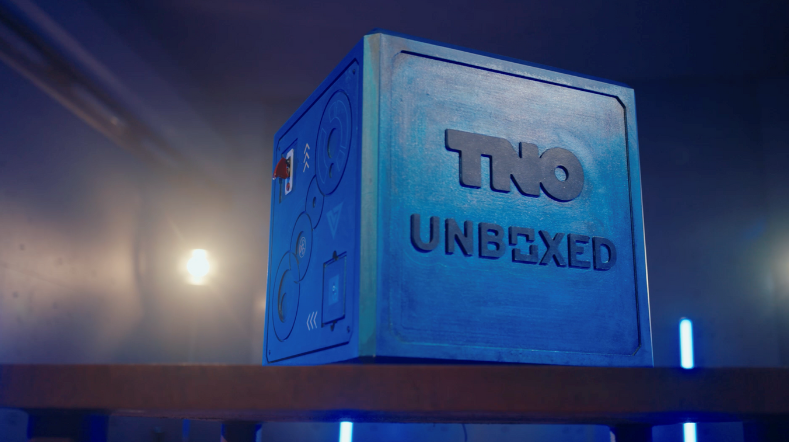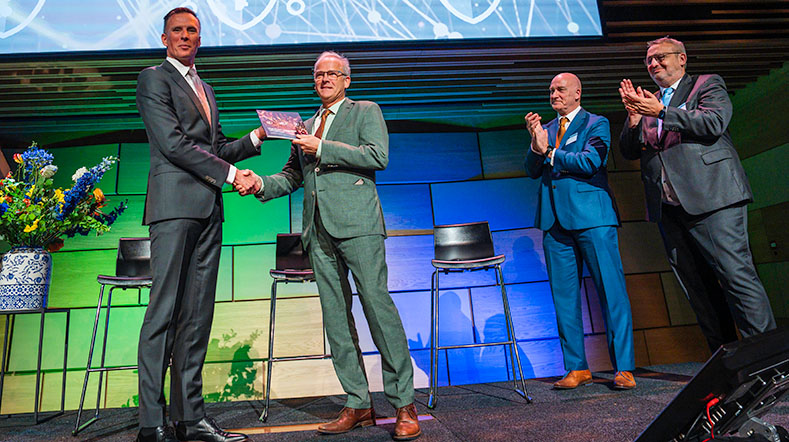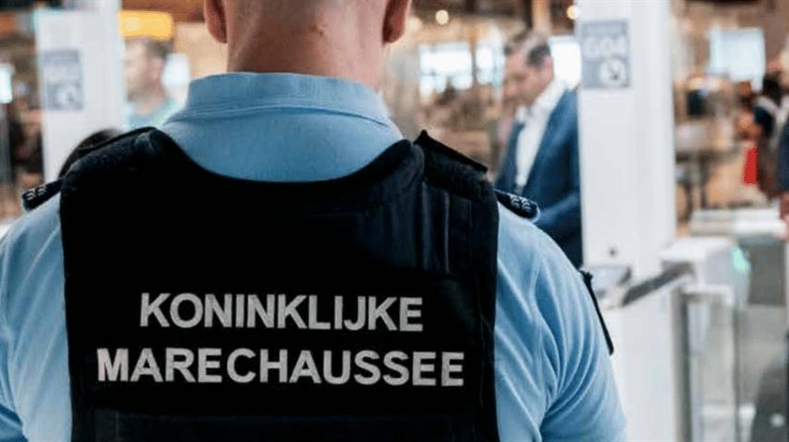Networked organisations
We innovate for networked organisations, helping them implement innovations in various domains, like urban safety, security of vital infrastructure, crisis management, intelligence and national safety. This way we gradually enable a better networking society. Networked operation is not only our field of work, it is also in our nature.
Our society is constructed of networks of people, systems and organisation with a diversity of roles, responsibilities, influences and information. This can be seen in the multidisciplinary cooperation among the emergency services and public and private parties during crisis and disaster management situations or between Defence, Foreign Affairs and development cooperation organisations during missions, and also in the dependency between vital infrastructures.
On the one hand, networks give operational actions and society the strength and cohesion they require. On the other hand, the same networks can make the operational actions and society vulnerable since the dependencies within and between networks may cause disruption, failure or malice in parts of the network, with significant consequences.
From analysis to implementation
The Networked organisations expertise group focuses on understanding and improving networks – in particular, the networks that are crucial to the safety and quality of life of our society. We have knowledge of the cohesion of people, organisation, processes and technology in complex organisations, and how multidisciplinary network organisations function. We study how information disseminates through networks, and how decisions are arrived at.
We investigate risks and vulnerabilities, created by dependencies within networks and apply this knowledge to making improvements based on scientific and empirical findings. This knowledge enables us to innovate and help the implementation of innovations in various domains like urban safety, security of vital infrastructure, crisis management, intelligence and national safety. This way we gradually enable a better networking society.
Expertise
Four thematic fields of activity are active within NO, which overlap into one another. Members of NO are therefore often active in several fields of work. The 4 fields of work are:
Guarding, protection and counter-terrorism
The guarding, protection & counter-terrorism team is focused on identifying and analyzing current and future opportunities and challenges for the guarding & protection, counter-terrorism and fighting crime. For these domains we develop innovative concepts focused on i.e. object, person, area and border security which we develop in cooperation with our clients.
We do this with the aim of improving – in close collaboration with the organizations themselves - the effectiveness and efficiency of the organizations which operate in the security domain.
Crisis management and protection of critical infrastructure (CB&VI)
The team CB&VI focuses on enhancing crisis management and critical infrastructures processes in a (pro-)active way. This is done by providing practical advice, based on doing different analyses on for instance threats, risks, dependencies or impact. In this work there is a strong focus on collaboration between stakeholders and the integration of technologies.
Cyber security
The team Cyber security focuses on opportunities and threats that are accompanied by the digitalization trend in our society. We support our partners in the (national) security domain such as Police, defence and justice by enhancing their organizational processes and inter-organisational cooperation while dealing with emerging and complex cyber challenges.
We do this by combining and integrating multidisciplinary TNO expertise in the areas of crime, resilience, information sharing, workforce development, operations and application of artificial intelligence and automation. We deliver results such as new insights for policy development, practical methods and perspectives for new actions, but also new (software) applications that are closely linked to the daily working processes of our partners in the (digital) security domain.
Strategic foresight analysis (SFA)
The team SFA focuses on the analysis of complex, strategic defense and security issues. What threats and opportunities do new technologies pose for Dutch defense and security institutions? Wat does the changing character of war mean for the armed forces, and how can they best adapt to meet the challenge?
We answer these types of questions through the use of methodological forecasting, threat analysis, technology foresight and assessment, scenario development, (war)games, and process modelling.
Get inspired
Unveiling the future of vapour detection technology


EMBRAPII and TNO signed a Memorandum of Understanding (MoU)


AIVD, CWI, and TNO publish renewed handbook for quantum-safe cryptography


Royal Netherlands Marechaussee and TNO make progress in knowledge and innovation in the workplace


Resilience and security

